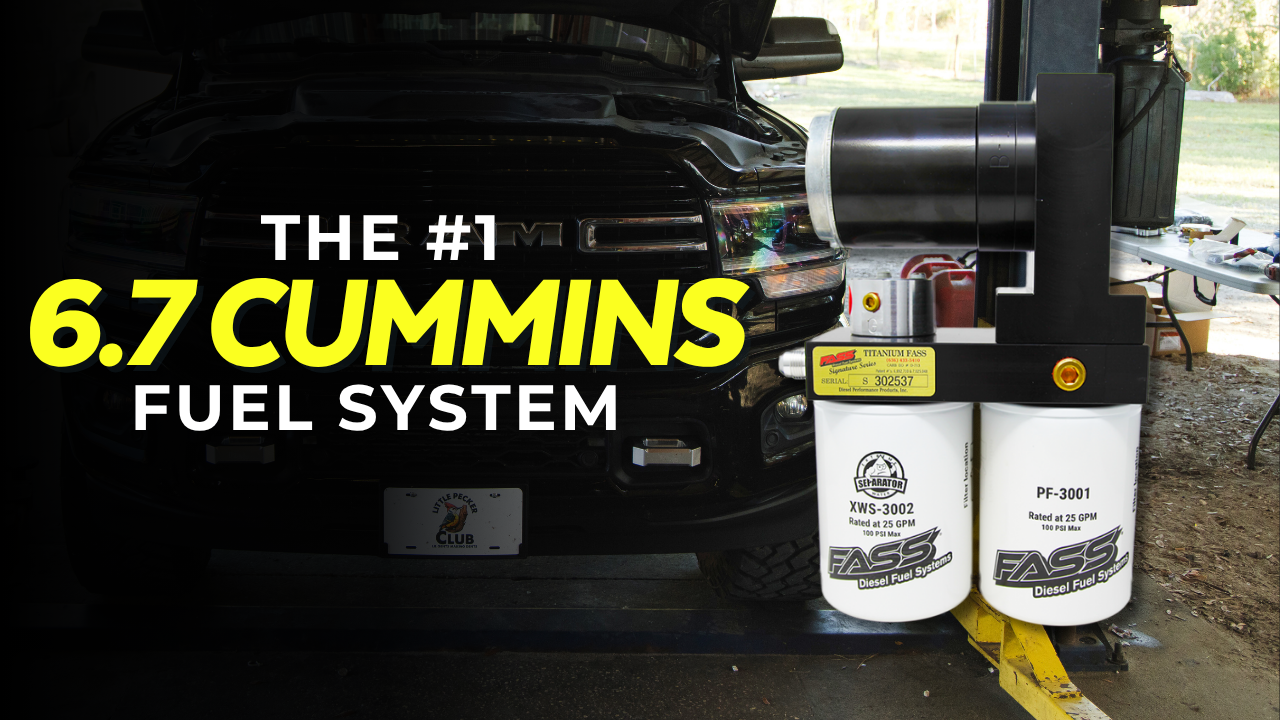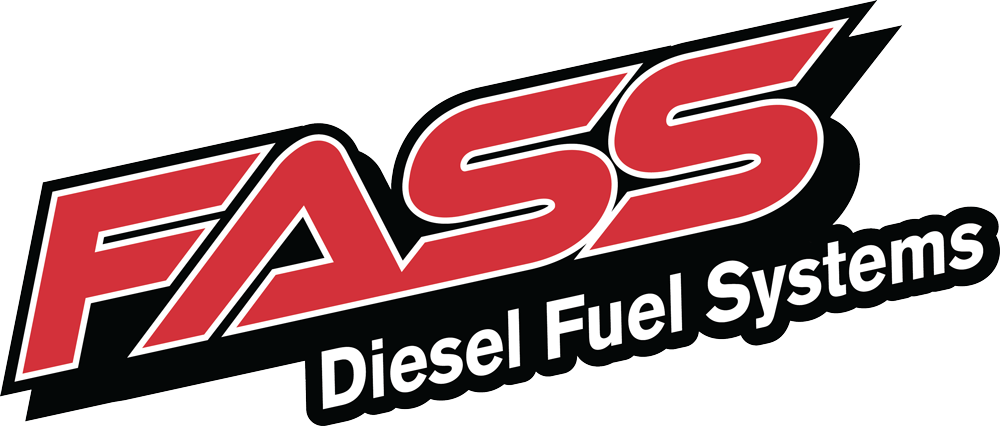FASS Electric Fuel Heater Kits
Winter conditions can be brutal on diesel fuel, especially when temperatures dip below freezing. Gelled fuel clogs lines, starves injectors, and leaves you stranded. Luckily, you can take proactive steps to protect your diesel fuel system.
Here’s how:
Why Diesel Gels in Cold Weather:
As temperatures drop, the paraffin wax in diesel begins to crystallize. These wax crystals first form when the fuel reaches its
cloud point, creating a hazy mixture. If temperatures continue to fall, the crystals grow and clump together, turning the fuel into a gel that no longer flows freely through filters, lines, and the injection system. (Driving Line)
Once gelling starts, it typically occurs inside the fuel filter and water separator first—those are the most vulnerable points. (Driving Line)
Common Signs of Gelled Diesel:
Watch for these symptoms:
- Hard starting or no start
- Loss of power or engine stalling
- Fuel filters that clog unexpectedly
- Visible slush or gel in fuel lines or filter bowl
If you catch it early, you may be able to prevent permanent damage to your injection components.
Winter-Proof Your Diesel Fuel System:
1. Change Filters Before the Cold Hits
Install
fresh fuel filters before freezing weather sets in. Dirty filters can trap moisture and accelerate gelling.
2. Install Electric Fuel Heaters
Electric Fuel Heater Kits are a seriously powerful, but often overlooked upgrade for diesel trucks operating in sub-freezing temps. Thanks to thermostatic control, these Fuel Heaters automatically turn on when your fuel reaches 32°, and turn off then it reaches operating temperature.
3. Use Winter Diesel Blends
Use a winterized fuel blend (often #1 or mixed with #2) that has a lower gel point. These blends are created to resist gelling at colder temperatures.
4. Avoid Biodiesel in Deep Freeze
Biodiesel and biodiesel blends tend to gel at higher temperatures than petroleum diesel. Whenever possible, switch to straight diesel or a winter blend in freezing conditions. (Driving Line)
5. Keep the Fuel Tank as Full as Possible
A fuller tank reduces the amount of air in the tank that can allow condensation and moisture to form—moisture can freeze and contribute to gelling.
6. Insulate & Heat Lines & Fuel Components
Wrapping or insulating fuel lines and using heaters (fuel filter heaters, tank heaters) can prevent the fuel from cooling too quickly.
Also, parking in a garage or sheltered area helps protect the fuel from ambient freezing temperatures. (Driving Line)
What to Do If You Suspect Your Fuel Is Gelling:
- Pull over early if you notice loss of power—don’t push more strain on your injection system.
- Gently warm the fuel system (room heater, warm space) to thaw slush, but avoid direct flames near fuel.
- Replace clogged filters if needed.
- Use an emergency dissolving additive (if safe for your system) to restore flow.
- After thawing, consider maintaining a higher additive dosage throughout the winter.
Proper preparation and guarding against gelling can protect your injection components, maintain performance, and keep your diesel truck running reliably all winter long.





